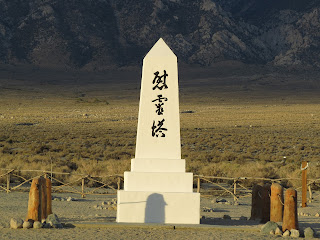 |
| Archaeologist Greg Woodall |
This back and forth is at the center of the story of Grand Canyon-Parashant National Monument, proclaimed by President Bill Clinton on January 11, 2000. After Clinton left office, the Bush administration's Secretary of the Interior Gale Norton tried to get the monument unmade only to have her efforts rebuked by the Republican governor of Arizona, who understood how much Arizonans favored preserving the area.
Grand Canyon-Parashant National Monument spans more than a million acres of plateau and canyon country abutting the north rim of the Grand Canyon. It protects a large array of archaeological, biological, geological, and historical resources. It includes the northernmost reaches of the Mojave Desert, where the flora and fauna are especially vulnerable to a changing fire regime. It is home to the endangered desert tortoise as well as the imperiled joshua tree.
Among the area's outstanding attributes are its enormous vistas containing scarcely a trace of human imprint. One can stand on Black Rock Mountain at the north edge of the monument and scan the whole country to the south as far as the Grand Canyon - fifty miles - and there is not a single highway, building, parking lot, smokestack, power line, or windmill to be seen.
We are currently writing the administrative history of this area, which is jointly managed by the National Park Service and the Bureau of Land Management.





